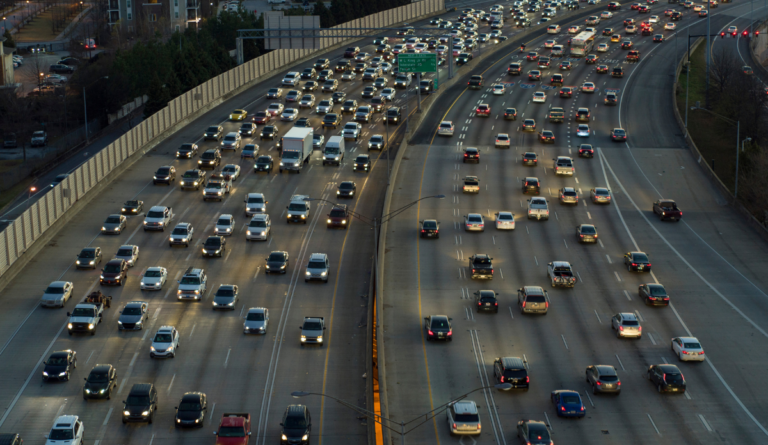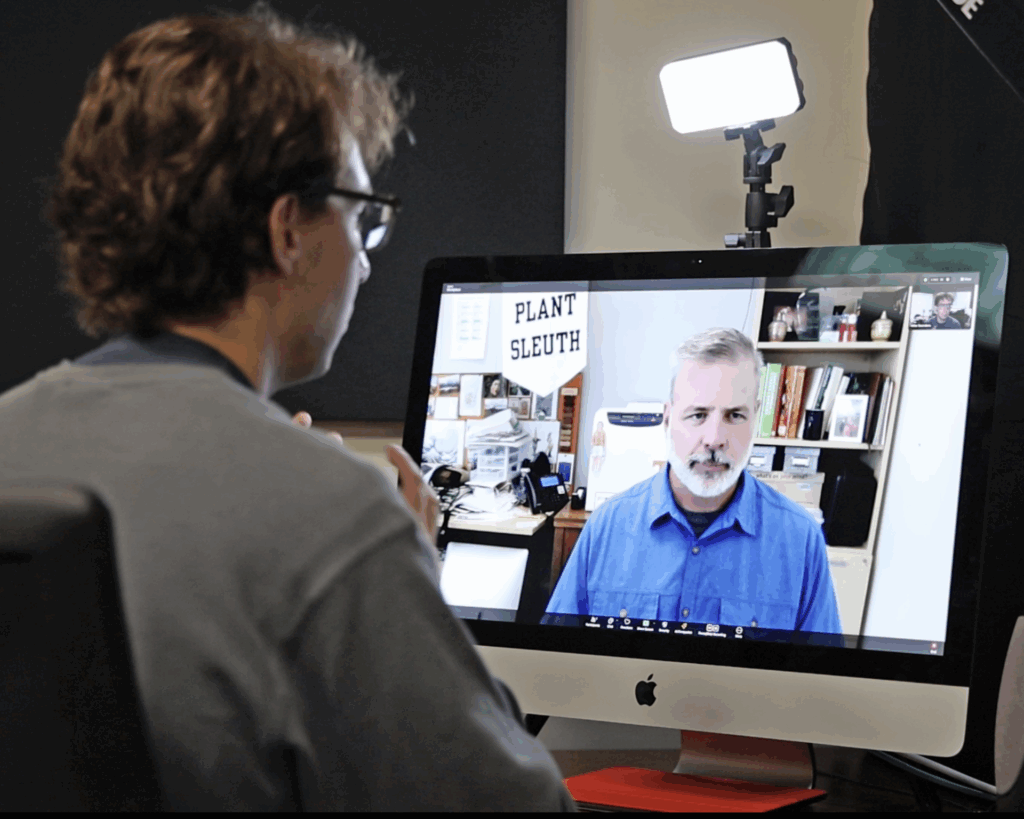Automobility: The High Cost of Convenience
Despite the problems associated with cars and driving, including increased air pollution and traffic accidents, both individuals and cities continue to prioritize cars over public health.

Read Time: 3 minutes
Published:
Envision life without your car. While some may find the idea delightful—even a relief—for others, just the thought of not having a car can quickly lead to panic.
Patrick Miner and his colleagues coined the term “automobility” to highlight our profound reliance on cars and the widespread impact it has on our economy, culture, and environment. Miner and his team reviewed the multifaceted nature of car-related benefits and harm. Worldwide, about 1.67 million deaths per year can be linked to vehicle-related impacts. There are wider repercussions: while some harms are direct consequences of car use, such as pollution, others stem from indirect consequences, like social isolation.
The number of cars on the road has surged, with a notable increase in the presence of larger, pricier vehicles. In recent years, this trend has further heightened the risks on the road.
Bart Claus and Luk Warlop conducted a study where participants were randomly assigned to vehicles of various sizes in car simulators, and their risk-taking driving behaviors were observed. The research suggests that people feel shielded in bigger vehicles, emboldening them to take greater risks, such as tailgating. Claus and Warlop argue that addressing the social and health-related impacts of traffic involves more than just band-aid solutions; it requires understanding how our vehicle choices and behaviors intersect in traffic dynamics.
Despite the evident problems like rising air pollution and increasing traffic accidents associated with automobility, both individuals and cities continue to prioritize cars over public health.
Owning and using a car has become an unquestioned societal expectation, valued primarily for the indispensable freedom and reliability it offers. While some urban dwellers are willing to ditch car ownership, rural residents rely on their vehicles. With the lack of infrastructure to support non-car commuting (i.e., convenient and affordable buses or trains), people living in rural communities don’t have another option. In these communities, getting basic necessities, such as grocery shopping, often requires driving.
As individuals commute alone in their vehicles, they also become disconnected from their community. This disconnect particularly affects non-drivers in rural areas who do not have access to public transit and are not pedestrian friendly. The societal dependence on cars amplifies the isolation of people living in these areas and limits their access to essential services.
Despite the evident problems like rising air pollution and increasing traffic accidents associated with automobility, both individuals and cities continue to prioritize cars over public health. Miner and his team advocate for a paradigm shift toward pedestrian-friendly urban planning to address some of these concerns. Improving public transit access and cost can reduce reliance on cars for more people. The researchers suggest turning our attention to creating communities that prioritize people’s well-being over vehicular convenience.



